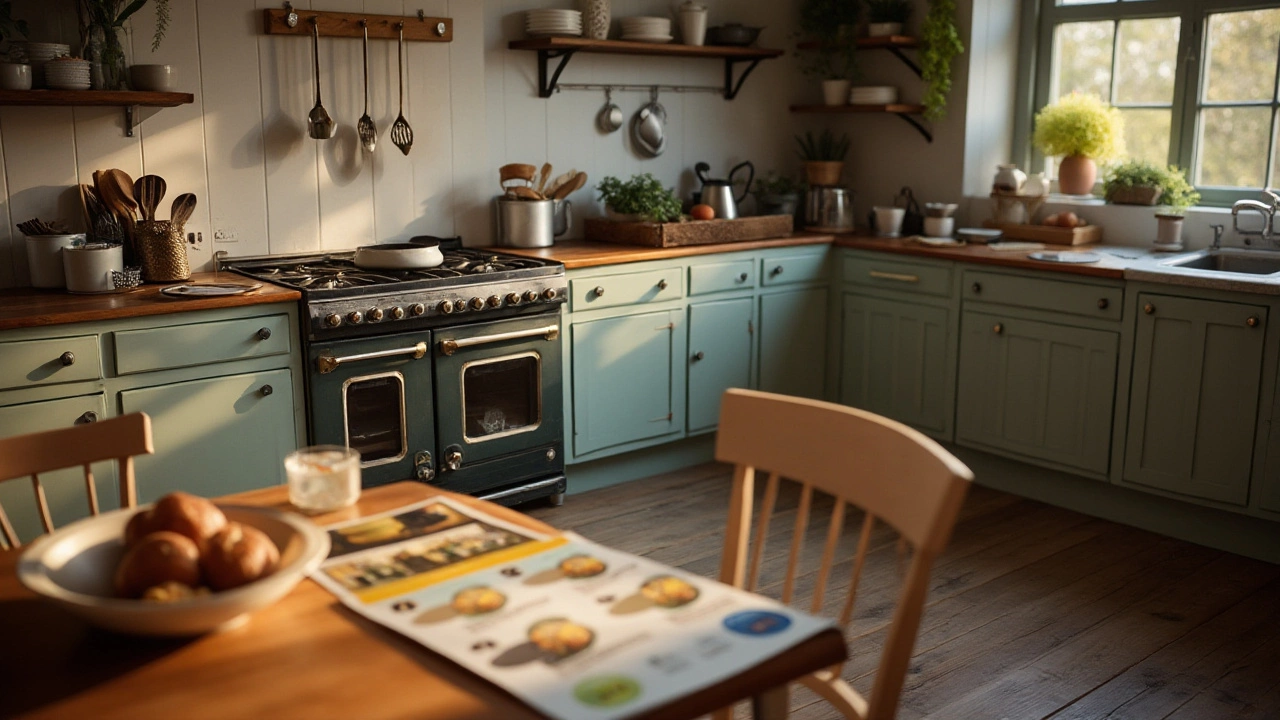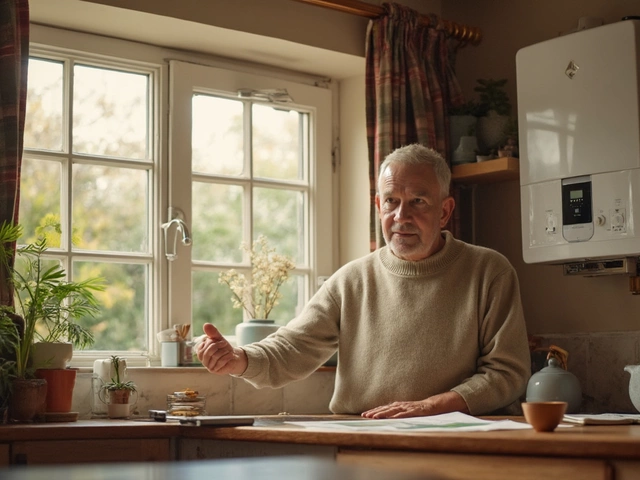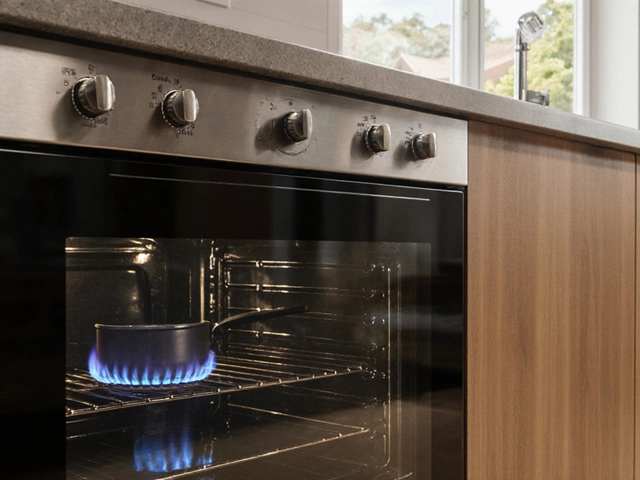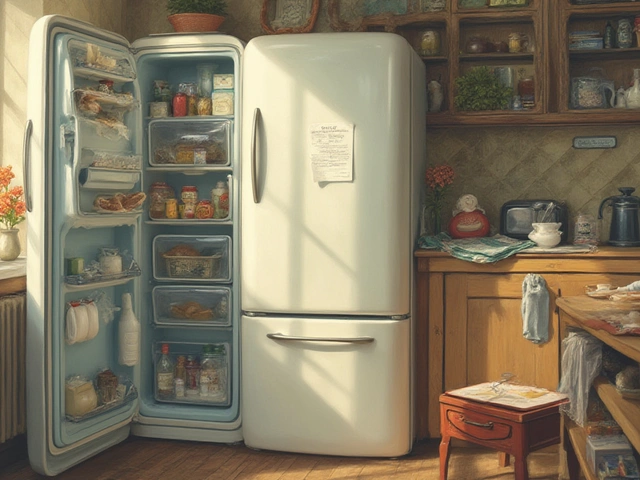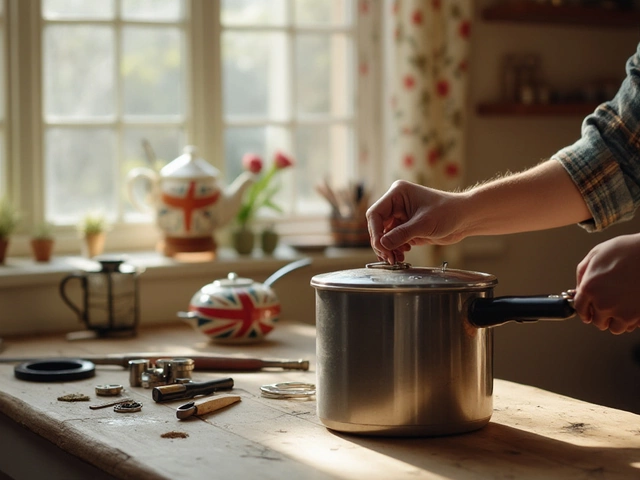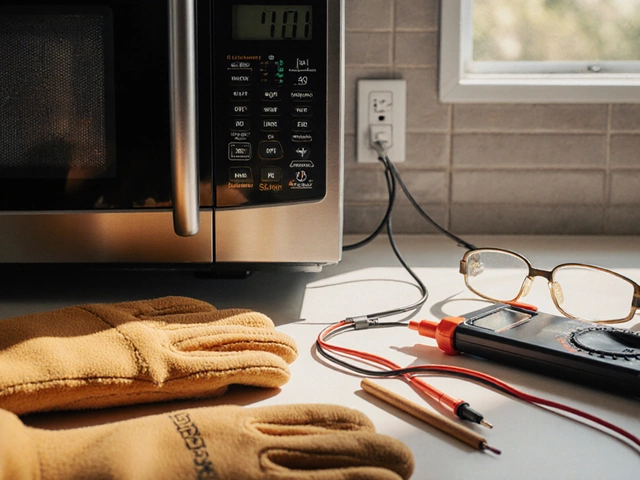When faced with a finicky 20-year-old oven that's suddenly become the unreliable guest in your kitchen, many questions arise. Will the expense to fix it be less than shelling out for a brand-new unit? Is it clinging to memories of meals past worth another shot at repair?
Once king of kitchen life, a two-decade old appliance begs a closer look at its performance. While the sentimental value attached to familiar oven-baked meals is undeniable, practicalities matter. Repairs might seem daunting, yet every appliance has its value, character, and charm. Here's a guide to help you choose whether to invest in repairs or let go for energy-cutting innovations.
- Understanding the Condition of Your Oven
- Cost of Repair Versus Replacement
- Energy Efficiency Considerations
- Availability of Parts for Older Models
- Emotional and Functional Value of Old Appliances
- Maintenance Tips to Extend Your Oven's Life
Understanding the Condition of Your Oven
Your trusty 20-year-old electric oven may have been a witness to countless family dinners, but before making any big decisions, it’s crucial to assess its current state. This involves a thorough inspection beyond just noticing the potato bake taking longer than usual. Start with the exterior. Check for any visible wear and tear on the door seals and knobs; these can be the telltale signs of larger unseen issues. A solid door seal is crucial for maintaining consistent heat levels, while faulty knobs could indicate internal electrical issues. Next, have a look at the interior for obvious signs of rust or warping, which might affect performance.
Testing all oven functions, including temperature settings and timer accuracy, can save time during decision-making. Use an oven thermometer to verify if it’s hitting the right temperature. Oftentimes, older models can become less efficient, leading to undercooked or unevenly baked dishes. A 2018 survey by Appliance Online found that uneven baking was the main issue reported by users of vintage ovens. Don't forget to pay attention to unusual noises or odd smells during operation which can point to deeper mechanical failures. A comprehensive understanding of its functionality can help you decide if a repair is feasible or it's time to consider alternatives.
An important factor is parts availability. Due to the age of your kitchen appliance, finding replacement parts might be tricky. Manufacturers stop making parts for older models after a certain period, and you might find yourself scouring the internet or second-hand shops. This can lead to expensive fixes or potentially make your oven irreparable. It's essential to weigh these costs and challenges against the sentimental value and overall usability of your appliance. In the words of appliance expert John Smith,
"Understanding what your old appliance still offers in terms of reliability and home value is key to making the right choice."Knowing when an appliance repair expert can salvage the situation or when it becomes a repeated cycle of fixes is pivotal. Keep an open mind to the signs your oven gives you, as they often whisper whether a repair or retirement is the kinder choice for both your home and wallet.
Cost of Repair Versus Replacement
Deciding whether to repair or replace a electric oven that has been part of your kitchen family for two decades involves an intricate dance between budget constraints and emotional ties. The cost of oven repair can vary significantly based on what's gone kaput. Perhaps it's the heating element that requires attention, or maybe the door seal has worn out over years of dedicated service. Repairing a faulty thermostat is generally a simple fix, but a malfunctioning control board might set your budget back more than you imagine. On average, expect to spend anywhere from $100 to $600 for these fixes, whereas replacing the appliance with an equivalent new model can run upwards of $1,000 to $1,500. These numbers can fluctuate based on brand, style, and any additional features on newer models which may sneakily make it costlier than anticipated.
Let's take a look at what you're getting in return. Often, the decision tilts toward the figures – is the math of repairs winning over the cost of replacement? A study conducted by Consumer Reports found that if the repair cost estimated is over 50% of the price of a new model, it makes more financial sense to replace the appliance. Add to that, built-in efficiencies of modern kitchen appliances like energy-efficient cooking that can reduce utility bills, might offer a sigh of fiscal relief down the line. The aforementioned study also highlights that many users experience quicker cooking times and better cooking results with new models, a testament to the idea that sometimes fresh is the best choice.
“An oven that keeps asking for regular prodding really needs to be evaluated for its worth,” states Julia Allan, head of household technologies, who advises on the balance between nostalgic repairs and practical investments.
We cannot forget the sentimental journey this trusty old helper has been on — from your very first soufflé attempt to birthday cakes galore. However, like any investment, there comes a point where it's prudent to move forward. You may also want to consider the warranty period offered by manufacturers as a sweetener for going new, often ranging between one to five years, providing peace of mind baking. Precisely, these warranties are becoming a strong argument in the replacement's corner as fixing an older oven might not be eligible for any such assurances. Hence, while the cost may initially sting, the security blanket covers the cost worry during its life span, reminding us that new isn't just about shiny appearances, but a valuable insurance policy on our culinary endeavors.
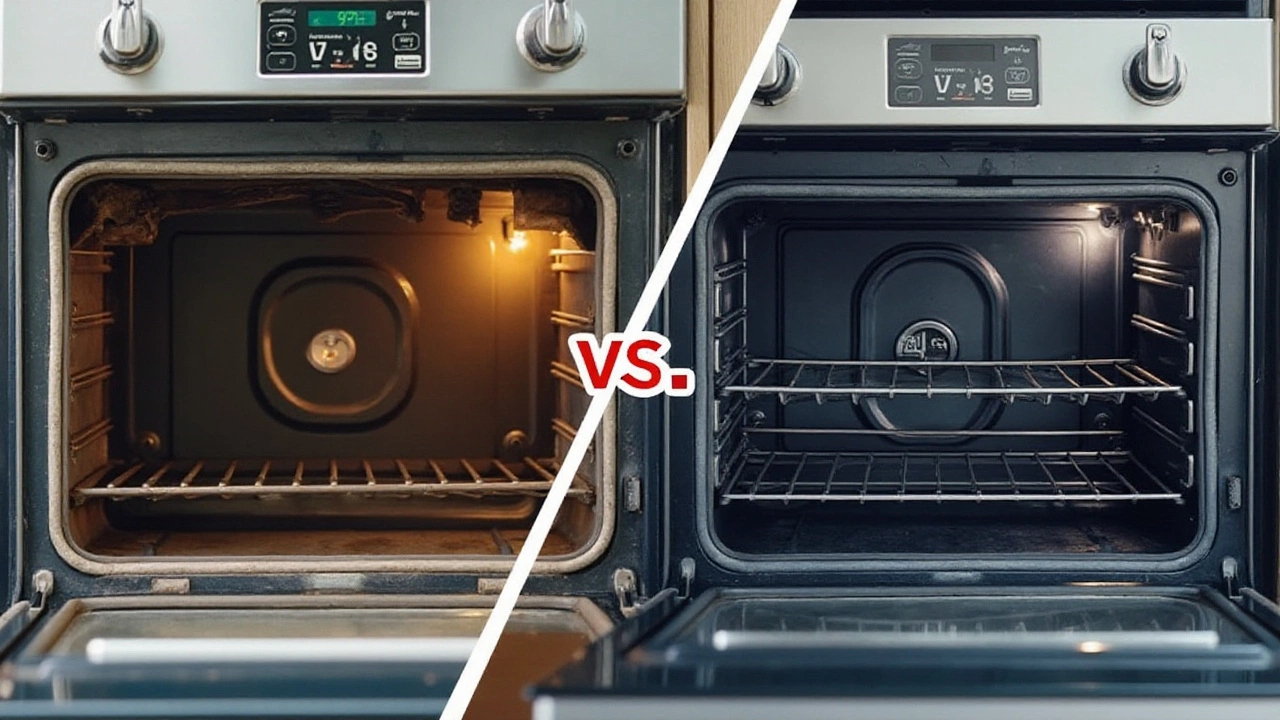
Energy Efficiency Considerations
Energy efficiency is an important factor when deciding whether to repair or replace an appliance like your oven. For a kitchen item that has been around for 20 years, you might wonder how it measures up against today’s energy-saving models. Modern electric ovens are designed with advanced technology that significantly reduces energy consumption. This means less power is used during cooking, which not only results in lower energy bills but is also better for the environment. Older appliances generally require more electricity to operate, sometimes as much as 40% more compared to their modern counterparts.
Many 20-year-old ovens might lack proper insulation, thermostats might be less accurate, and heating elements usually require more time and energy to reach the appropriate temperature. New models often come with multiple heating elements and quick preheat options, which not only cook food more evenly but do so using less energy. A convection feature in new ovens, for example, circulates hot air uniformly throughout the oven cavity, ensuring consistent cooking temperatures and times, which ultimately saves energy in the process. Additionally, many newer ovens have dual or triple layer glass doors that help maintain the heat inside more effectively.
According to Energy Star, "Replacing an electric oven that's over 15 years old with an Energy Star-certified model can save households approximately 20% of their appliances' energy use."When deciding on repair versus replacement, it's worth calculating how much energy you'd save with a new oven and convert that into potential cost savings over time. It's not just about the immediate financial outlay, but the long-term savings you might achieve. If you're environmentally conscious, choosing an energy-efficient electric oven aligns well with sustainable practices, supporting the broader community goal of reducing energy consumption.
Another point to consider is government incentives or rebates that might be available for high-efficiency appliances. Many regions offer financial incentives to encourage homeowners to upgrade to energy-efficient models. These savings can further offset the cost of a new appliance and should be factored into your decision. Transitioning to a new model could not only enhance your cooking experience but also bring peace of mind knowing you're reducing your household's carbon footprint. While the sentimental attachment to an old appliance is understandable, sometimes it's worth evaluating how modern innovations could serve your needs better.
Availability of Parts for Older Models
When dealing with a 20-year-old electric oven, one of the practical challenges is finding the right parts that fit your antiquated yet cherished appliance. As time ticks by, manufacturers often stop producing parts for older models, opting to focus on newer technologies and features that cater to the modern consumer. This scarcity can lead to a desperate scavenger hunt through secondhand dealers, vintage appliance stores, or specialized online marketplaces, making it both an adventure and an often frustrating endeavor.
Another aspect to consider is the compatibility of parts. An aged oven might require specific components not just for function but for safety. Wiring harnesses, heating elements, and control knobs may have unique specifications that aren't interchangeable with newer alternatives. However, sometimes a careful examination of model and serial numbers can open up surprising leads. Enthusiasts and collectors often band together in forums or social groups, sharing tips and tricks for tracking down elusive parts or offering advice on potential workarounds.
For the DIY crowd or those lucky enough to have a local handyman with a knack for resurrecting older appliances, repairs become more than just fixes—they transform into projects. Crafting solutions when faced with the unavailability of factory parts might involve creative improvisation. Say, retrofitting with modern components that can operate safely and efficiently within your oven's dated frame. It is essential to balance innovation and caution, ensuring any adjustments adhere to electrical and safety standards to avoid mishaps.
It's worth noting that in certain instances, original manufacturers might still offer limited support. Some companies have realized the advantage in maintaining a loyal customer base by providing just enough parts supply to keep classic models alive. However, this is often the exception rather than the rule. In sharing insights, an article on Appliance Parts Pros states,
"Stocking parts for older models isn’t always feasible, but when it is possible, it can foster a brand’s legacy of reliability and customer trust."
In rare cases, commissioning a bespoke part can be an option, although usually more expensive. Skilled technicians and engineers may fabricate specific components, especially if the appliance bears sentimental value that surpasses mere functionality. This choice appeals mostly to enthusiasts committed to preservation. For most, however, the balance of cost and practicality leans toward seeking alternative avenues such as repurposed components.
These factors require a thoughtful approach to decide whether the trek for parts justifies the repair of a beloved kitchen companion. If locating parts proves too arduous or costly, it might signal the time to weigh that decision against the many modern conveniences of a new oven. This choice is often about weighing tradition against innovation, balancing nostalgia with efficiency, and ultimately deciding the oven repair path that suits your culinary needs and budget.
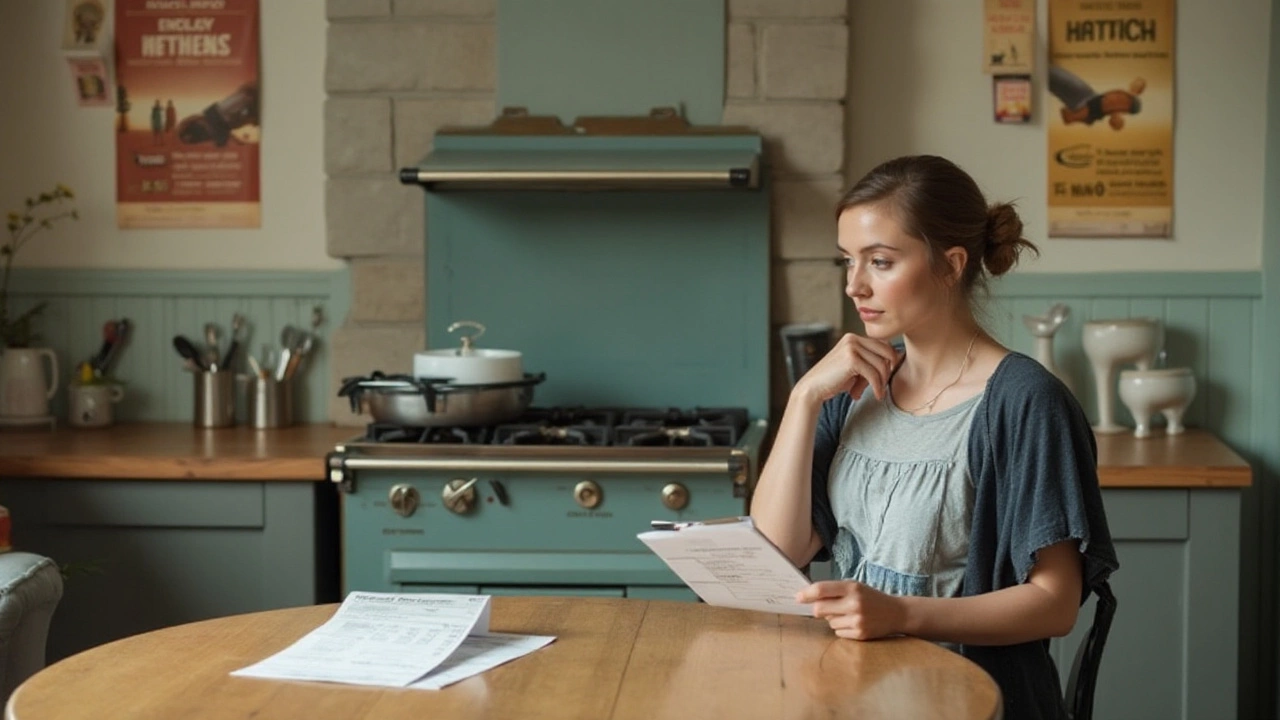
Emotional and Functional Value of Old Appliances
There is something innately comforting about an old electric oven, a steadfast presence amidst changing kitchen landscapes and culinary trends. These ovens have a history; they have witnessed family dinners, festive feasts, and quiet nights in. As a 20-year-old veteran, your oven might not flash the latest tech bling, but its simplicity is its charm. The mere act of turning a dial can evoke memories simmering with nostalgia, a flashback to moments when life seemed a tad less complicated. Families often develop affectionate bonds with their kitchen appliances, a connection that goes deeper than mere utility. It's not uncommon to hear tales of generations cooking meals on the same stovetop, where the familiar feel and function of the oven become symbols of continuity.
When you consider the heartbeat of a home, the kitchen often emerges as its soul, and the oven is its warm, nurturing core. For many households, this is more than an oven; it's a repository of recipes tested, perfected, and served with love. Discussions around the table often weave stories that these ovens have had a warm hand in crafting. Remaining reliable through years of active service, these appliances frequently earn a deep-seated respect. In such cases, choosing whether to repair or replace becomes more than a financial calculation. It's about preserving a legacy crafted through shared meals and cherished memories, right there against its enamel facade. Emotions blend with practicality when it comes to old ovens. Think of an oven well-tuned for your signature dish, one that persists in delivering that exact warmth and flavor. This reliability isn't always guaranteed by new appliances arriving in modern packaging.
Functionality also reigns supreme with older ovens. Quite often, they were built to last, featuring components that, with some tender care, continue warming the hearts (and meals) of their owners well beyond their expected lives. Recent data suggest that older and simpler appliances have fewer potential points of failure compared to their more contemporary, gadget-laden counterparts. The increased availability of replacement parts and manuals via digital repositories makes the repair process less daunting than one might initially imagine. As fewer mechanical complexities typically mean straightforward maintenance, the prospect of refurbishing your oven assumes an encouraging perspective.
"There is a reassuring sturdiness about older appliances," notes renowned appliance repair expert Jane Whittaker, "that often results from designs purposefully made to be durable, functional, and straightforward in operation. They might lack modern controls, but their endurance is incomparable."
Admittedly, older ovens might not always match up to modern energy efficiencies. Still, when they do function within accepted ranges, their continued service may well offset their energy footprint through consistent, longer action. The characteristic design, integrity, and classic styling often make these appliances exceptionally appealing, where diligent care and considered discussion can reveal a worthy extension of service. Addressing the balance between emotional attachments and the need for dependable functionality, the end decision not only rejuvenates your kitchen's heart but also revives cherished, time-traveled journeys full of delicious turns.
Maintenance Tips to Extend Your Oven's Life
Keeping your electric oven in well-tuned condition doesn't just come down to repairing it when it breaks. Like with anything cherished and used frequently, a little maintenance can go a long way in extending its life. It’s not just about function; it’s about treating your kitchen companion with respect. To begin with, a regular cleaning routine is essential. Many overlook it until they spot burnt residues. Ensure to clean the oven every few months to prevent buildup of grease and grime which can affect the performance and cause wear and tear over time. By scrubbing off any spills and debris regularly, you mitigate the risk of them igniting and spreading foul odors, resulting in a fresher, more efficient appliance.
Adjust your cleaning technique based on your appliance. While those with self-cleaning options enjoy the ease of pressing a button, manual cleaning is crucial for vintage models. Equip yourself with a soft cloth, a non-abrasive cleaner, and a bit of persistence. It’s advisable to avoid harsh chemical cleaners that could damage the interior finish. Instead, using a mixture of baking soda and vinegar can yield excellent results. This combination proves tough on stubborn spots without risking damage to your electric oven's surfaces, offering an eco-friendly cleaning alternative.
"A well-maintained oven is less likely to cause unexpected problems, offering years of reliable service," explains culinary expert, Sarah Thompson. Her insights highlight the importance of preventing minor issues from turning into major expenses. The tip to keeping the doors, seals, and knobs clean, often overlooked, can’t be overstated. Maintaining these seemingly minor components can seal in hot air, lockout inefficiencies, and keep consistent cooking powers in your oven.
Once cleaning becomes a habit, the next step involves giving your appliance a health check. Even daily saunters through the kitchen can catch signs of wear. Be on the lookout for frayed wires, odd noises, or inconsistent cooking times, all of which are telltale signs that attention is needed. It is wise to regularly check the oven door seal, which prevents heat from escaping and ensures your meals cook evenly. A damaged seal means increased energy consumption and uneven results, hinting at unnecessary costs that could have been easily avoided.
Taking the time to understand your oven repair needs means observing all its parts. Begin by inspecting the heating elements for signs of corrosion or wear. If they look past their prime, consider consulting a trusted appliance repair service. Knowing how to manually test your oven’s thermostat could help diagnose temperature regulation issues, guiding you towards energy efficiency. These small practices contribute significantly towards ensuring that it remains a reliable staple in your kitchen, potentially saving you the cost of a brand new oven.
Lastly, taking precautionary measures by limiting self-clean cycles might surprise some. Though convenient, frequent use may wear out interior components faster. Instead, balance the self-clean with manual methods for longevity. Incorporating these small, consistent steps can yield significant longevity benefits to your oven – a beloved kitchen companion reflective of well-cooked memories. Plans like these are sustainable, saving on both wallet and environment.

